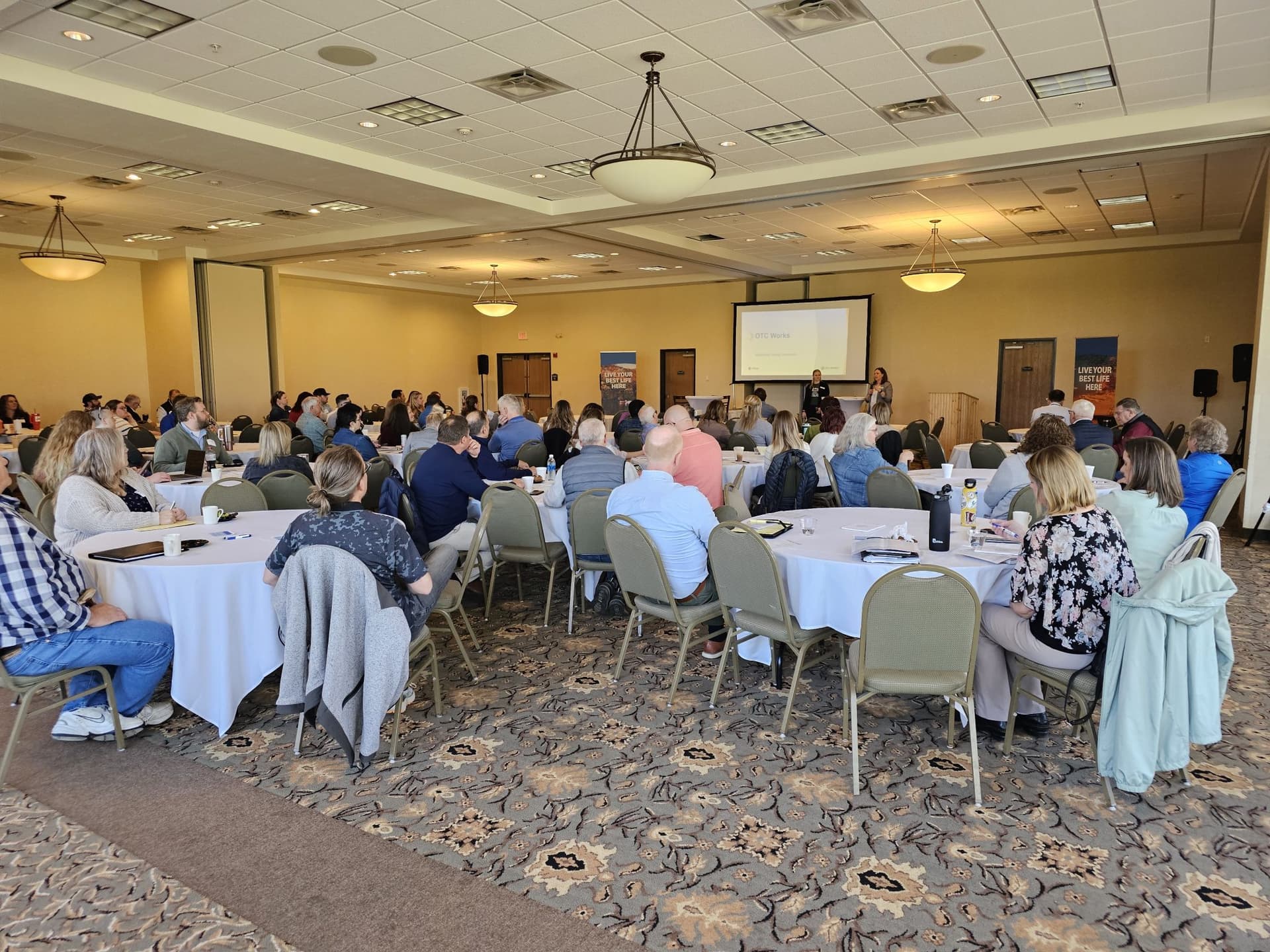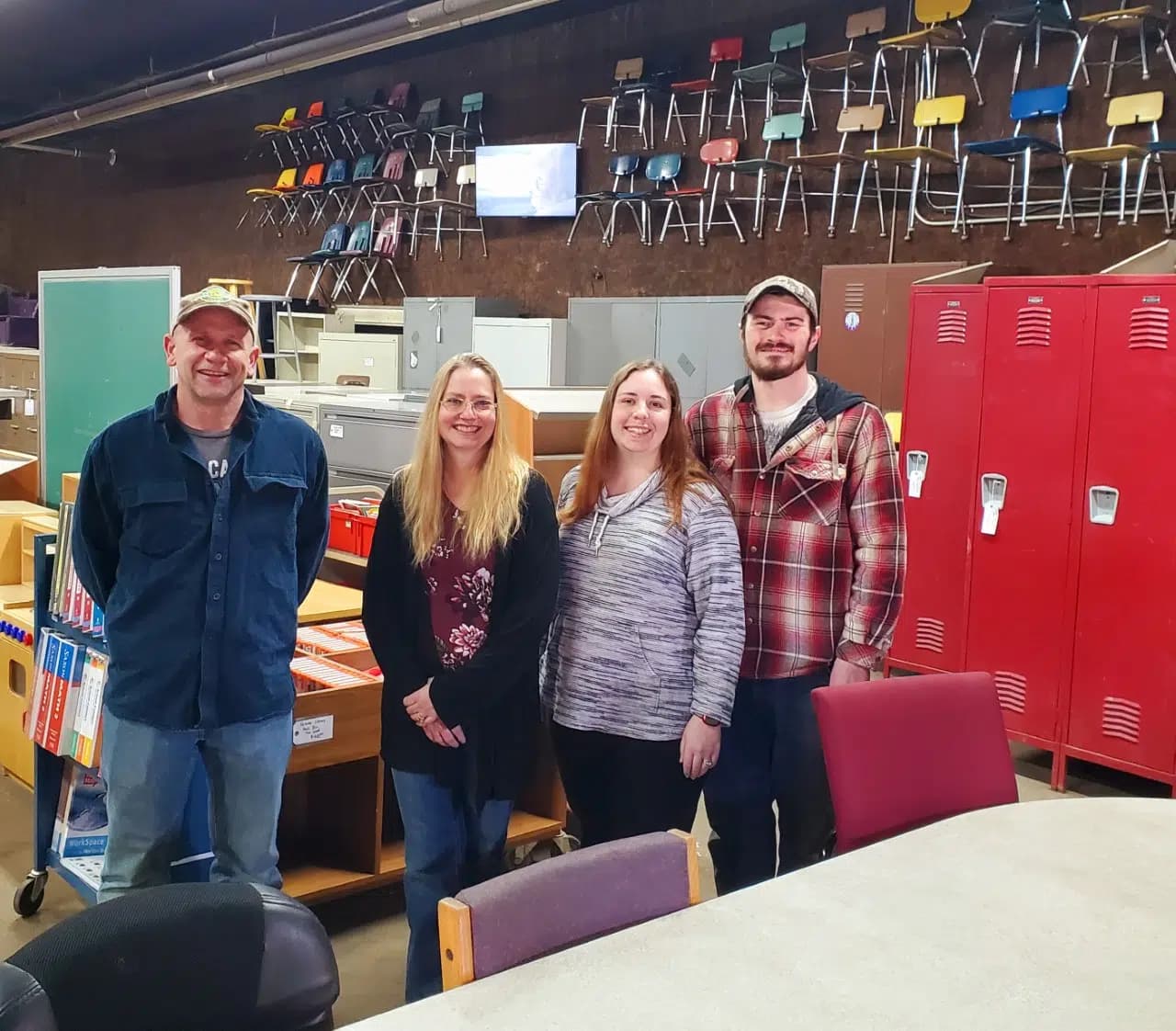Otter Tail County Seeks Partner for Workforce Navigation Services
Otter Tail County issued a revised Request for Qualifications on November 21, 2025 seeking a partner to deliver workforce navigation services for the Empowered Worker Program, with a particular focus on employer engagement. Local employers, workforce organizations and residents have until December 1 at 4:00 p.m. to submit responses electronically, a move that could shape hiring pipelines and training coordination in the county.

Otter Tail County formally issued a revised Request for Qualifications for Workforce Navigation Services on November 21, 2025, asking for a partner to support the Empowered Worker Program with an emphasis on employer engagement. The county requires electronic responses by Monday, December 1, 2025 at 4:00 p.m. Questions about the RFQ were to be submitted to Amy Baldwin, Community Development Director, by Wednesday, November 26 at noon. The RFQ page offers a downloadable document and links to related resources, including background information on the Empowered Worker Program.
The county provided a relatively short response window of 10 days between the reissued RFQ and the submission deadline, with five days available for formal questions before the question cutoff. That compressed timetable signals an urgency to identify a partner quickly and begin operational work supporting job seekers and local employers. The stated emphasis on employer engagement indicates the county is prioritizing services that tie individual employment navigation to concrete hiring needs in the private sector.
For Otter Tail County residents and businesses this procurement matters in several ways. Workforce navigation services typically help align training, placement and employer outreach so that job seekers move more efficiently into available positions. For employers grappling with recruitment and retention, a navigation partner focused on employer engagement can reduce vacancy times, clarify skill needs and coordinate connections with training providers and public resources. For workers, especially those facing barriers to employment, navigation services can provide case management, referrals and direct links to openings that match their skills and goals.
From a policy perspective, the RFQ reflects broader trends in rural workforce development that emphasize partnerships and place based strategies. Local governments are increasingly outsourcing or partnering for specialized functions such as navigation and employer engagement to achieve better coordination across workforce, education and social service systems. If implemented effectively, the program could help the county leverage state and federal workforce funding, and improve metrics such as job placement rates and employer satisfaction.
Market implications include potential reductions in hiring friction for small and medium sized employers and stronger labor market matching that could support business growth. The county will be watching proposals for demonstrated employer relationships, measurable outcomes and strategies to reach underserved job seekers. Interested organizations should consult the RFQ document and associated resources on the county website and meet the November 26 question deadline and the December 1 submission deadline to be considered.


